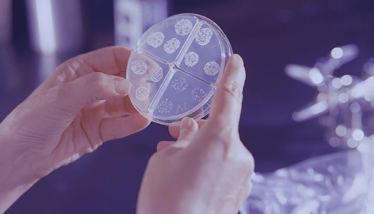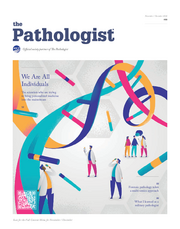The ’Gist: Pathology News
The hottest recent news in pathology – summarized!

Credit: Image sourced from Unsplash.com
Magnificent Yet Minute
The largest known bacterium – 50 times larger than previous record-holders – has been discovered in a marine sulfidic environment. The organism, Candidatus Thiomargarita magnifica, is a full centimeter in length. Its size is attributed to features of its cellular division and elongation mechanisms that allow it to surpass limits on growth (
).A Tale of Africa
Genetic risk scores derived from data of African American individuals and multi-ancestry data perform better in sub-Saharan Africa than European-derived genetic risk scores (
). These African American-derived data enhance polygenic prediction of lipid traits, but accuracy varies between cohorts – specifically Ugandan and South African Zulu populations.It’s Alive!
A novel, nontoxic method for comprehensive longitudinal profiling can be applied to both dispersed cells and living tissue. Scission-accelerated fluorophore exchange (SAFE) removes immunofluorescent signals from the surfaces of labeled cells, enabling multiple rounds of staining of the same samples (
).The House of Mouse
Researchers have assembled a high-quality map of the mouse proteome. The map is built from 17,883 proteins and 41 tissues using quantitative mass spectrometry-based methodology. The work substantially builds on systematic studies of genes and proteins in mouse tissues in years since 2002 (
).Don’t Stop the Beat
Can’t stay on the beat? It might not be your fault. Examining the genetics behind musical beat synchronicity in 606,825 individuals has shown that moving to a beat has a highly polygenic architecture, with 69 loci reaching genome-wide significance (
).Interested in how disease interacts with our world. Writing stories covering subjects like politics, society, and climate change.

